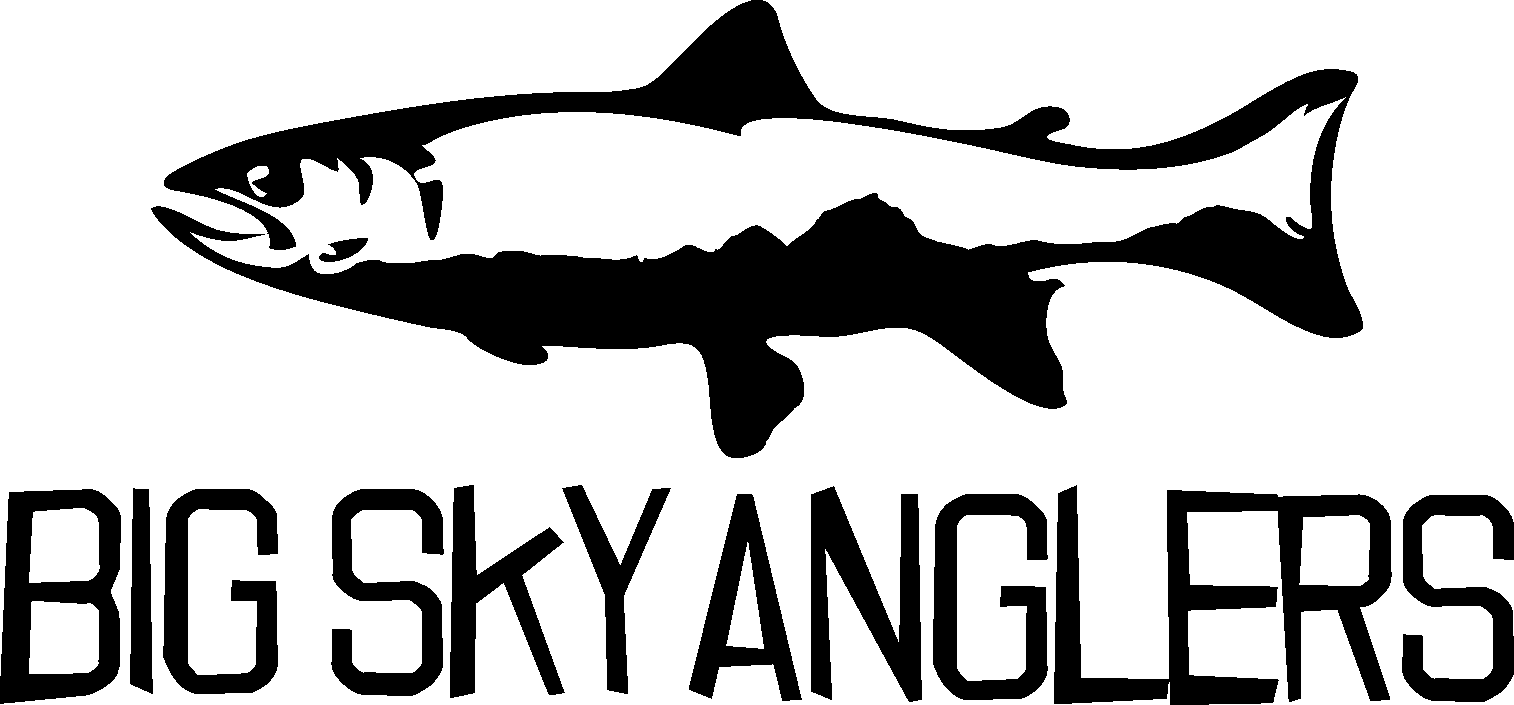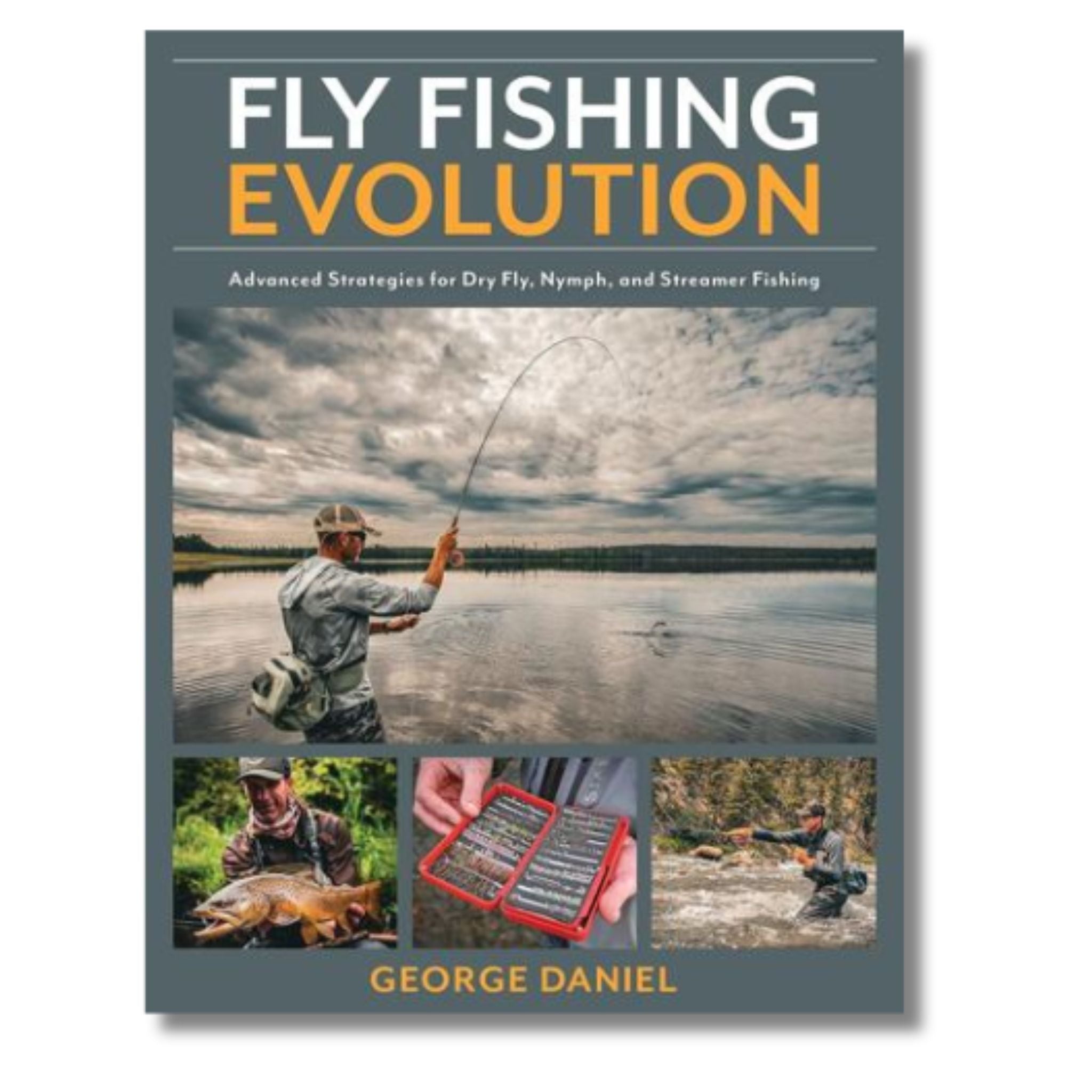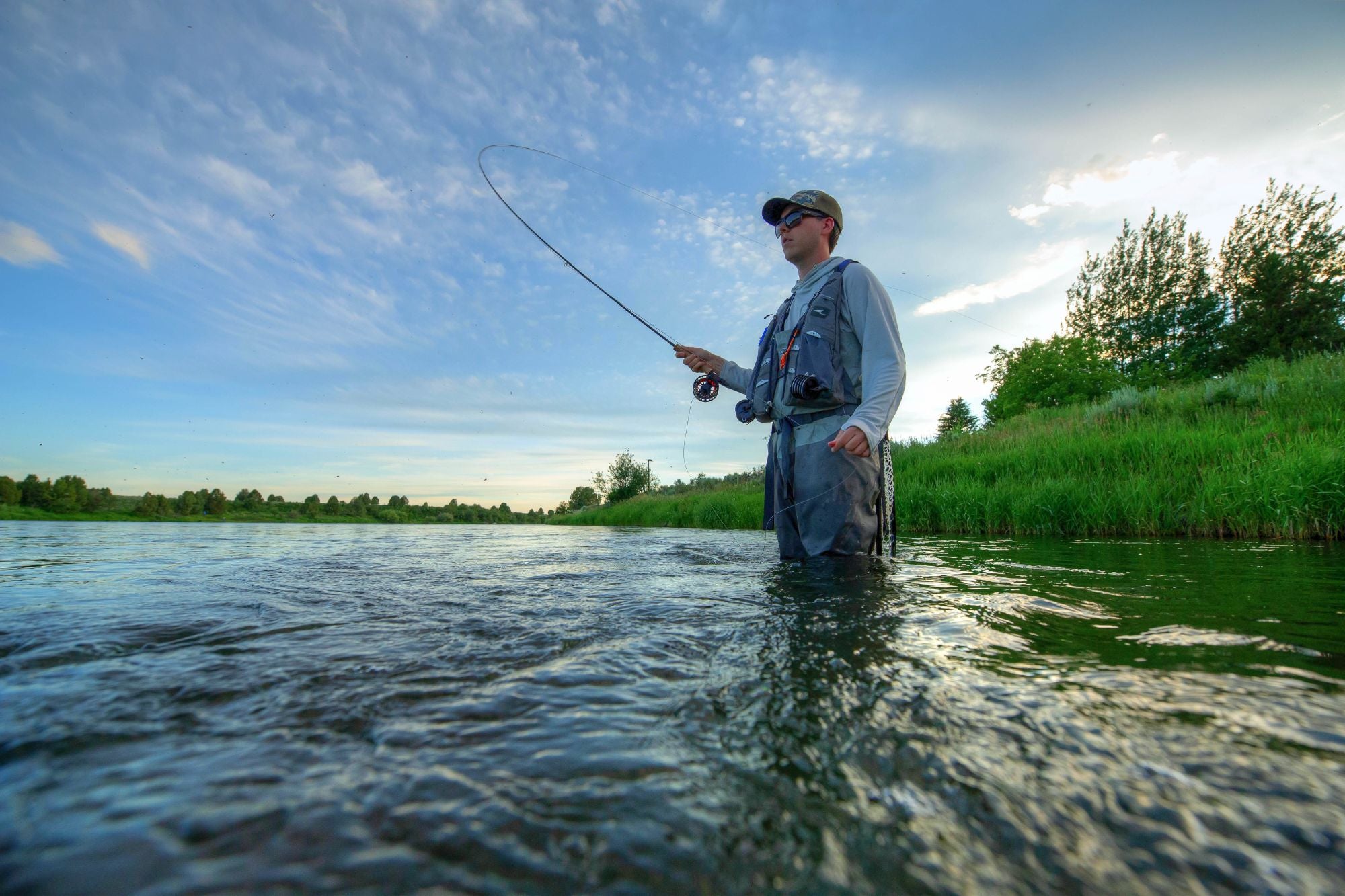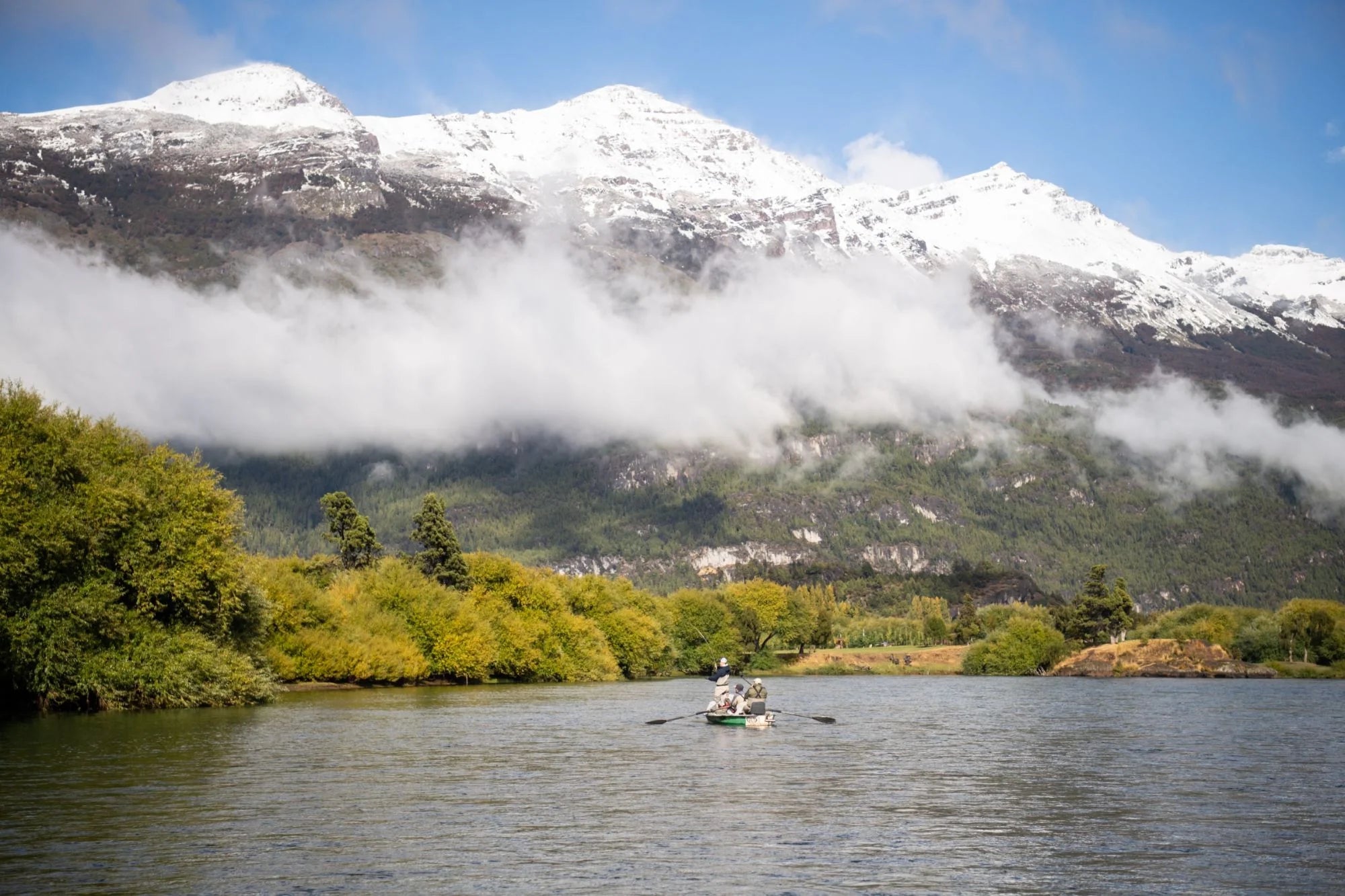The Book Shelf - Volume 2 - G.L.M. LaBranche – The Dry Fly & Fast Water - 1914
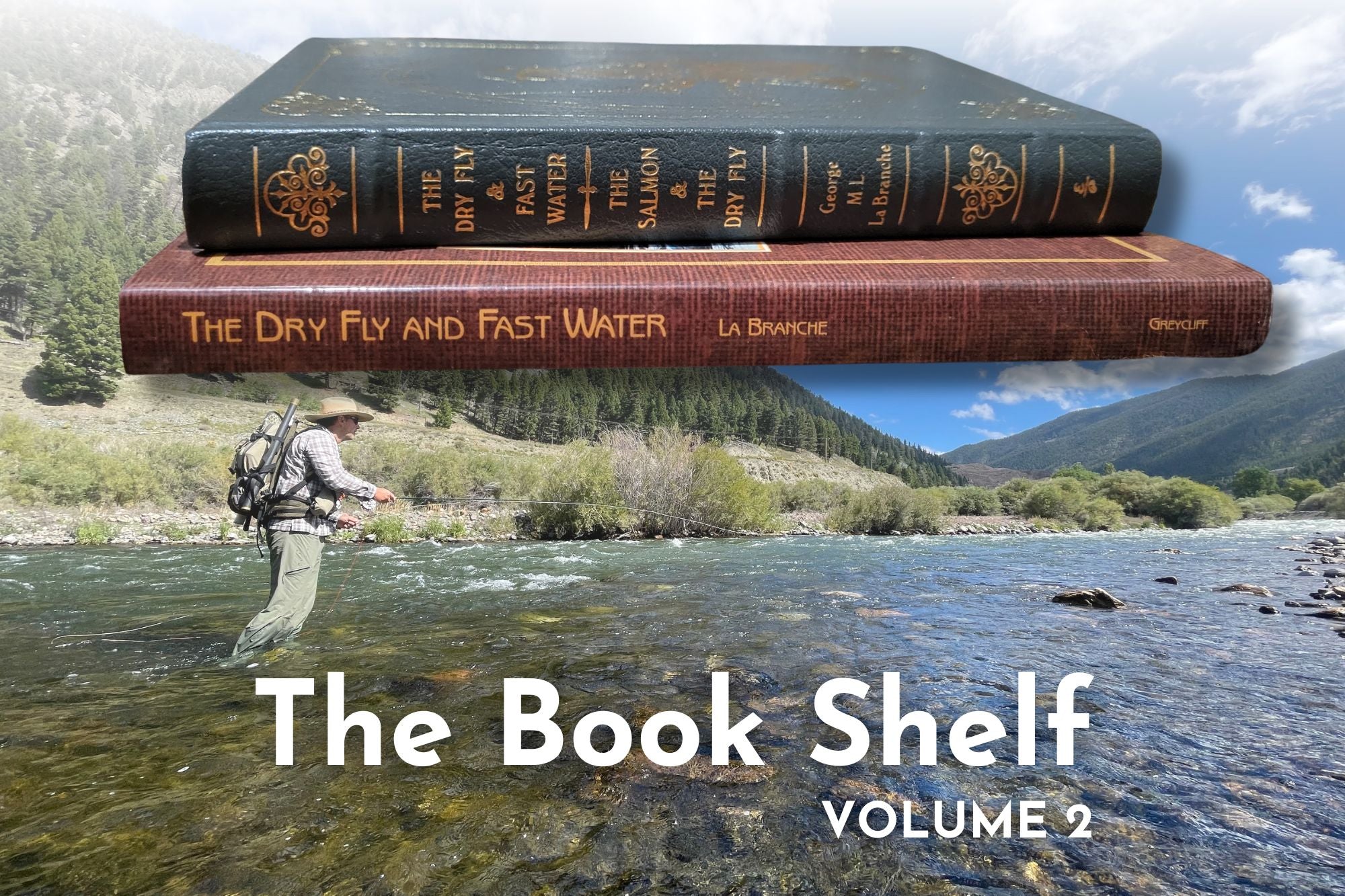
Welcome to Volume 2 of “The Book Shelf”, a Big Sky Anglers original blog series dedicated to shining some new light on the works of the old masters. In the spirit of the modern era, these pieces may be quick vignettes, half baked and composed at the last minute. They may be poorly edited and rambling. But they will hopefully inspire some of you to visit a library, a used bookstore, or the basement shelves at Big Sky Anglers, pick up an old fly fishing book, and soak up a bit of old knowledge and be inspired by words and images once, but no longer, forgotten.
---
The Dry Fly & Fast Water was published in 1914. One hundred and ten years ago. The Ford Model T was king of the roads. The Boston Braves defeated Connie Mack’s Philadelphia Athletics in the World Series. "The Song That Stole My Heart Away" by Henry Burr was blazing up the charts, and the top song playing on the gramophone. The assignation of Archduke Franz Ferdinand, heir to the Austria-Hungary throne, triggered the beginning of World War 1.
Fly fishing was a little different back then. Rods were made from split cane, lines were silk, and leaders were gut. Nylon and polymers didn’t actually exist. But in some ways, fly fishing was the same as it is now. People were exploring, discovering, and promoting new methods. Back then, presumably, there were a lot more new and original angling ideas to explore.
Among the great angling minds of the time was George Michel Lucien LaBranche. Between his birth in 1875 and when he passed away in 1961 he, as the kids say, really saw some stuff. By all accounts, LaBranche was a great fly caster and a real stick on the water. He was one of the original members of the esteemed Anglers’ Club of New York, as well as a member of the New York Stock Exchange, where he was a securities trader. LaBranche earned his place among the OGs of American dry fly fishing alongside Theodore Gordon, and the lesser-known Emlyn M. Gill, and Samuel Camp, through the way he fished and through his two published works: The Dry Fly & Fast Water and The Salmon & The Dry Fly.
The Dry Fly & Fast Water (TDFFW) lays down a set of theories, methods, and observations born of LaBranche’s vast angling experience on the “brawling, impetuous, tumbling streams” of New York’s Catskills and beyond. It is one of a few pieces of work from the early 1900s which definitively stepped American fly fishing away from the British traditions of fishing the upstream dry fly to rising fish and the downstream swung team of wet flies.
My goal with these blogs is to inspire folks to read these great works and experience them for themselves. So, why would you want to read a fishing book that is over 100 years old? Perhaps for historical context? Perhaps for it’s literary style? Yes, and yes. But more than that, I think you should read TDFFW because it is a brilliant piece of angling instruction and, in many ways, LaBranche’s treatment of the subject of fishing the dry fly in the fast moving, freestone type streams that are so abundant in the mountain west has not been improved upon in the last century. I consider the upper Madison River to be my home water since childhood, and TDFFW is essentially the blueprint on how to approach it’s turbulent flows and glorious pockets with a dry fly.
A few specifics from the book must be mentioned here.
In Chapter III, The Rise, LaBranche covers brilliantly the concept of reading the rise. That is, observing the way a fish is moving the water and thereby determining what type of insect of phase of an insects life cycle is being eaten. We are introduced to the ideas of “tailing” as fish feed in bottom substrate, and “bulging” when they are feeding on emerging nymphs just beneath the surface. The maturity of these observations and the validity of their application today is extraordinary. In the same chapter he touches on the idea of matching the hatch but then takes a great leap forward (and away from the British traditions) and lays out his concept of fishing the likely looking water and “creating a hatch” by repeatedly presenting the fly over a suspected lie. This is the moment in history when blind fishing the dry fly hit the mainstream! Lastly, we are introduced to the concepts of cross current mending and presenting a fly to the fish “fly first” using an extra length of line and abruptly stopped, side arm casting stroke. Yes, friends, LaBranche was reach and curve casting before there was a name for reach and curve casting.
Chapter IV, Where and When To Fish, is the original, and still highly relevant How-To on fishing pocket water, riffles, broken runs, and other sorts of quicker flows with the dry fly. It’s all there. Seams. Foam lines. Pillows upstream of rocks. Grassy cut banks. Plunge pools. If I had magical powers, I would love to somehow bring Mr. LaBranche back and spend a day with him wading at $3 Bridge. As far as I know, he never fished the west, but I know he’d know how!
Chapter V, The Imitation of the Natural Insect, also stands out to me as a real step forward in dry fly angling theory. LaBranche talks about color theory, and the effects of light and surface tension on the way fish see a fly and leader. He discusses the ideas of flash and iridescence in material selection and postulates on the importance of feigning the translucence of natural insects with artificial flies. He breaks down the relative importance of fly color, form, size, position on the water, and action in eliciting a strike. I’m not telling you his order, go read it for yourself. What is amazing to me is how much this chapter hints at the Theories of Imitation and Attraction presented by Gary LaFontaine over 75 years later.
I will leave you with a bit of critique and a loop closure.
I love this book, but towards the end it gets a bit preachy about the unmatched greatness of the dry fly. LaBranche asserts with no hesitation that “dry fly fishing for trout [is] far ahead of all other forms of angling” and leads to the abandonment of “grosser” forms of angling including not only bait and conventional tactics but also fishing with the sunken fly! Some say that TDFFW was the true birth of American dry fly snobbery. I hope that the vibe here is really just a misinterpretation of LaBranche’s passion for the dry fly, and not a true belittlement of other fun and valid methods.
My own copy of TDFFW is a leather bound, gold embossed edition I found in a used book store. One thing about it that always bothered me a bit is that the text stands alone, with no support from relevant illustrations, diagrams, or photos. At one point I was considering doing a few drawings of my own for this blog based on my interpretations of the text. But as luck would have it, Hoovie and I tracked down a version reprinted in 1998. It not only includes the original text, but also fantastic interpretive illustrations by Ernest Lussier, photos of some of the tackle and flies that LaBranche would have used, and an incredible introduction, biography, and history of Labranche and his place in the dry fly landscape written by angling historian Paul Schullery! Now out of print, we did score the last 6 copies from our book guy, so let us know if this little writeup has you wanting to dive deeper into the dry fly world of G.M.L. LaBranche.
